I started my fieldwork on regenerative food systems in the summer of 2018. I intended to explore what a regenerative food system in arid regions is, what its characteristics are, and what practices people employ. The research began with a literature review followed by semi-structured interviews that were interspersed with art-based activities, such as walk and talk and visualizations. The research was conducted as an inductive process, with principles emerging as I performed the research; through using MAXQDA as I illustrate below, I began to discover themes that brought two fields of research (nature-inspired design/biomimicry, and indigenous traditional ecological knowledge) together.
Methodology- making use of grounded theory
Since my research was exploratory in attempting to define and create a framework for regenerative food systems, I decided to use tools from grounded theory. This ongoing iterative process included transcribing both literature and interviews, and performing in-vivo coding. I then created my list of codes: some in-vivo, and others that I defined. All codes had detailed memos to describe the meaning of the code and subcodes. I then proceeded to code the body of data, also including images I uploaded from my interviews and field visits. Eventually, the codes were consolidated and some removed, and the remaining material was coded. I then wrote additional memos to enable me to make sense of these newly-created codes.
A few codes emerged as important; this was signaled through their recurrence based on the reports that are extrapolated through MAXQDA. These included “Being locally attuned”, “cultivating cooperative relations” and “adapting to changing conditions” to name a few. I was also able to match codes, finding similarities between themes in nature-inspired design and corresponding indigenous knowledge, by aligning memos for each code next to each other.
Data collection for grounded theory (interviews/images/lit review)
Data collection was conducted via interviews that were transcribed, observations that I recorded in a field journal, and compiling various images and short videos. All of these elements were then imported into MAXQDA. The software allows you to directly code images (as seen in Figure 1) as they appear by selecting specific parts, as well as add memos.
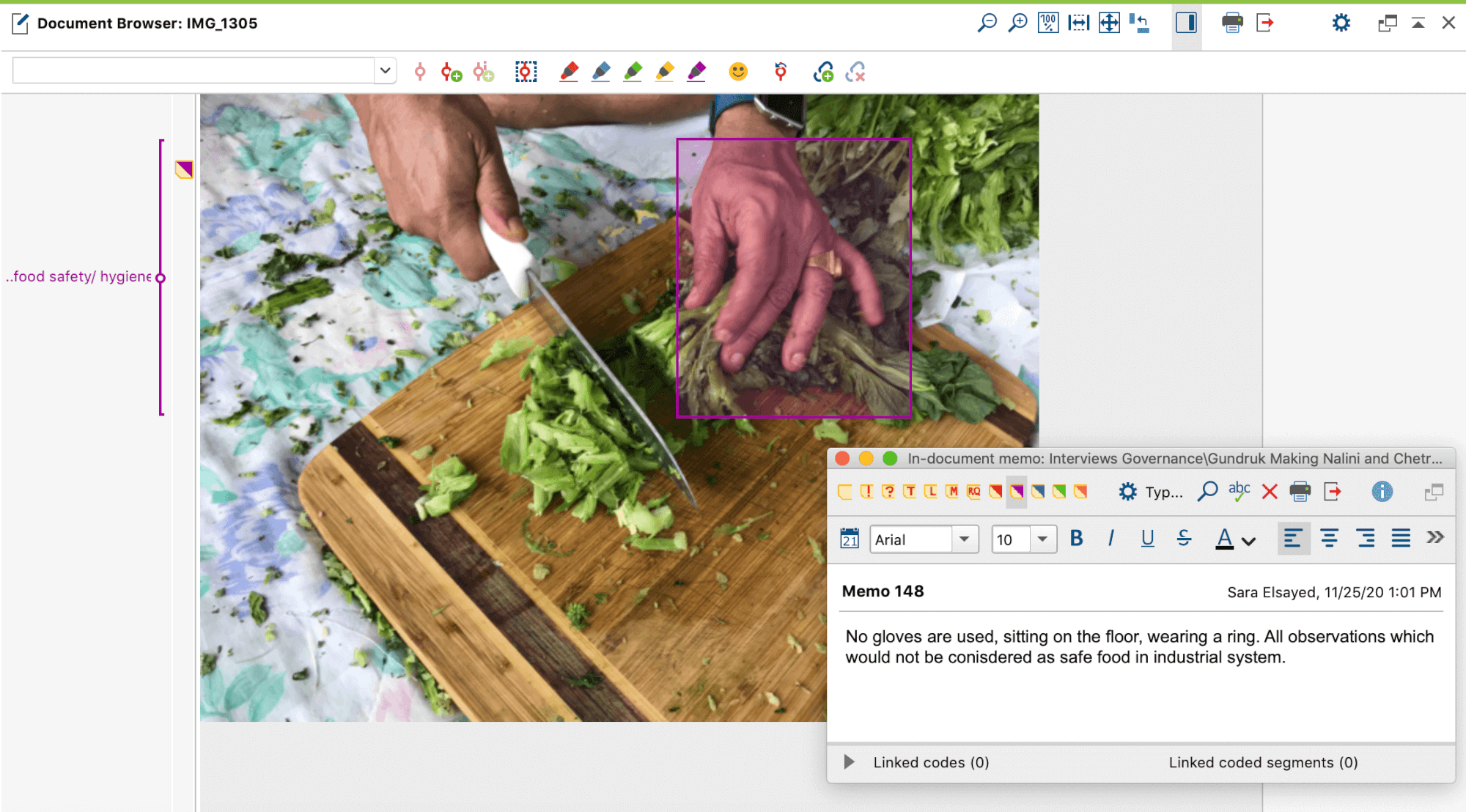
Figure 1: Coding of an image of the fermented food Gundruk, in this case using one of the existing codes- “food safety”- as well as adding a memo.
Data collection for literature review (Paraphrasing, Word Cloud, Web Collector)
As part of my data collection, I also performed several literature reviews and used different features in MAXQDA to do this. Firstly, importing all the data into one folder on MAXQDA and then using the paraphrasing tool to annotate, in this way eventually creating my annotated bibliography. I found the paraphrasing tool useful as it forced me to make it concise. I also retrieved some sections side-by-side to compare them. (As can be seen in Figure 2)
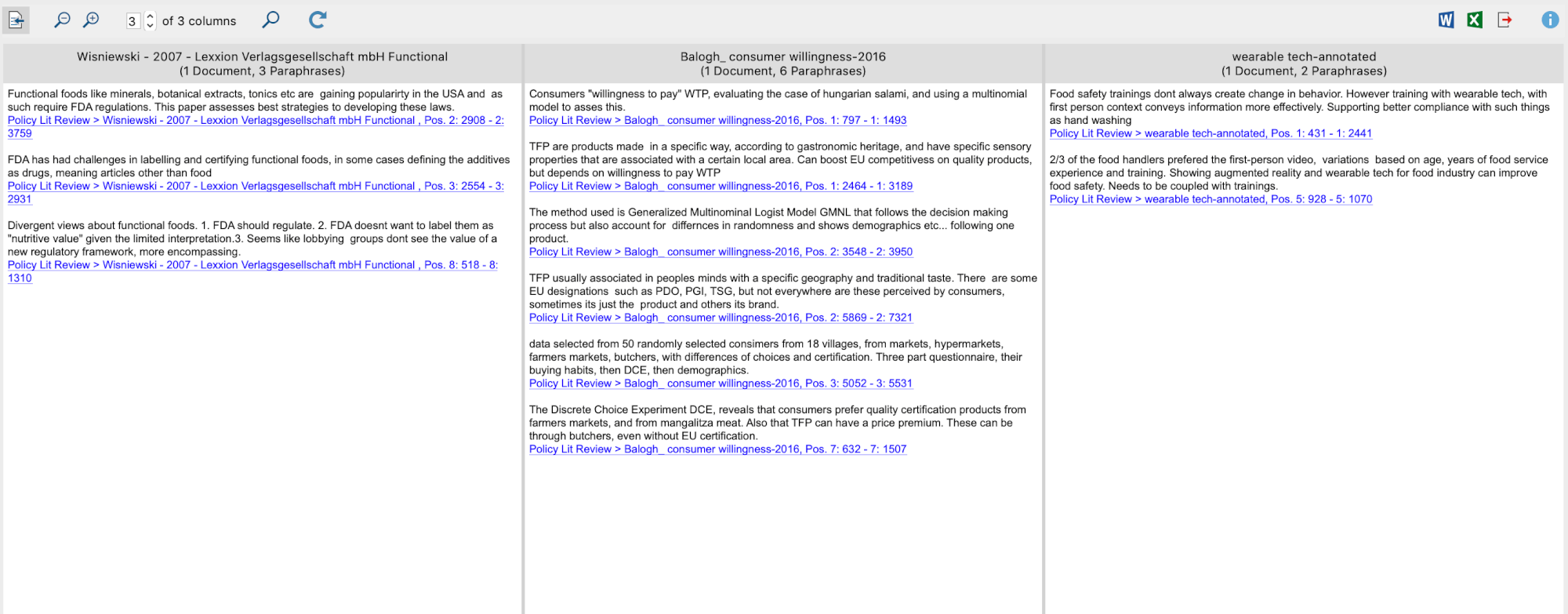
Figure 2: Using the paraphrasing tool and creating tables to compare the sections side-by-side from each corresponding document.
Learn to use the paraphrasing tool in MAXQDA
One simple method I used since I was looking for a lexicon that defines a certain space of my research was using the word cloud feature to see what the most frequently-recurring words were. This enabled me to hone into my research and formulate the most prevalent parts of the lexicon, which became part of my research paper. This is sorted to remove words that are either redundant or not meaningful, as seen in Figure 3 below with “au”/”avtanp” (nonsense words), and “and/or”.
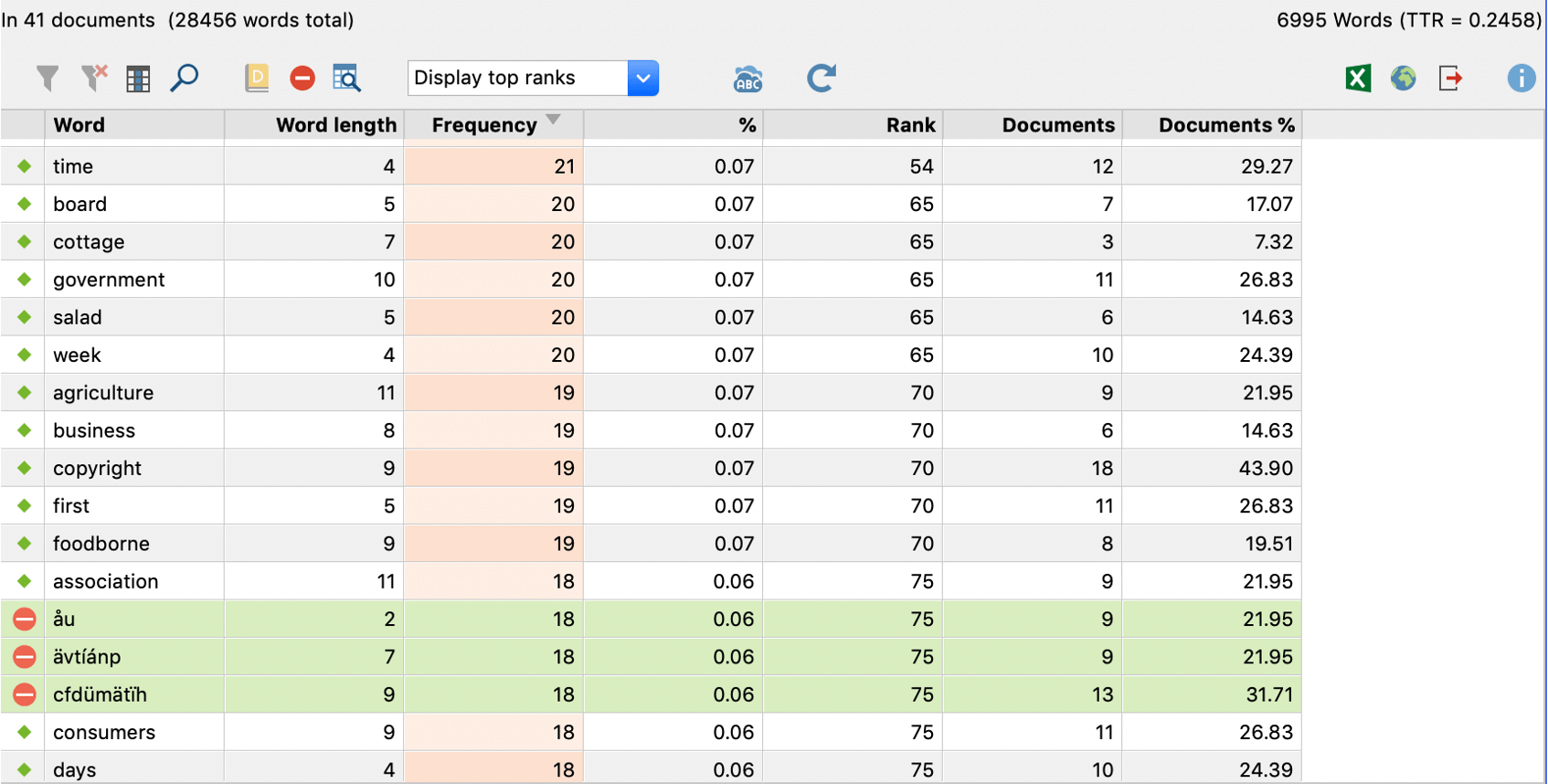
Figure 3: The irrelevant words such as “au” are selected and deleted and don’t appear in the final word count or subsequent word cloud.
In my research this was very useful as one of the papers I was developing was related to the lexicon that is often attributed to microbial life in food. As can be seen from these newspaper articles from Arizona, a lot of it has to do with food, safety, e. coli, outbreaks, and diseases.
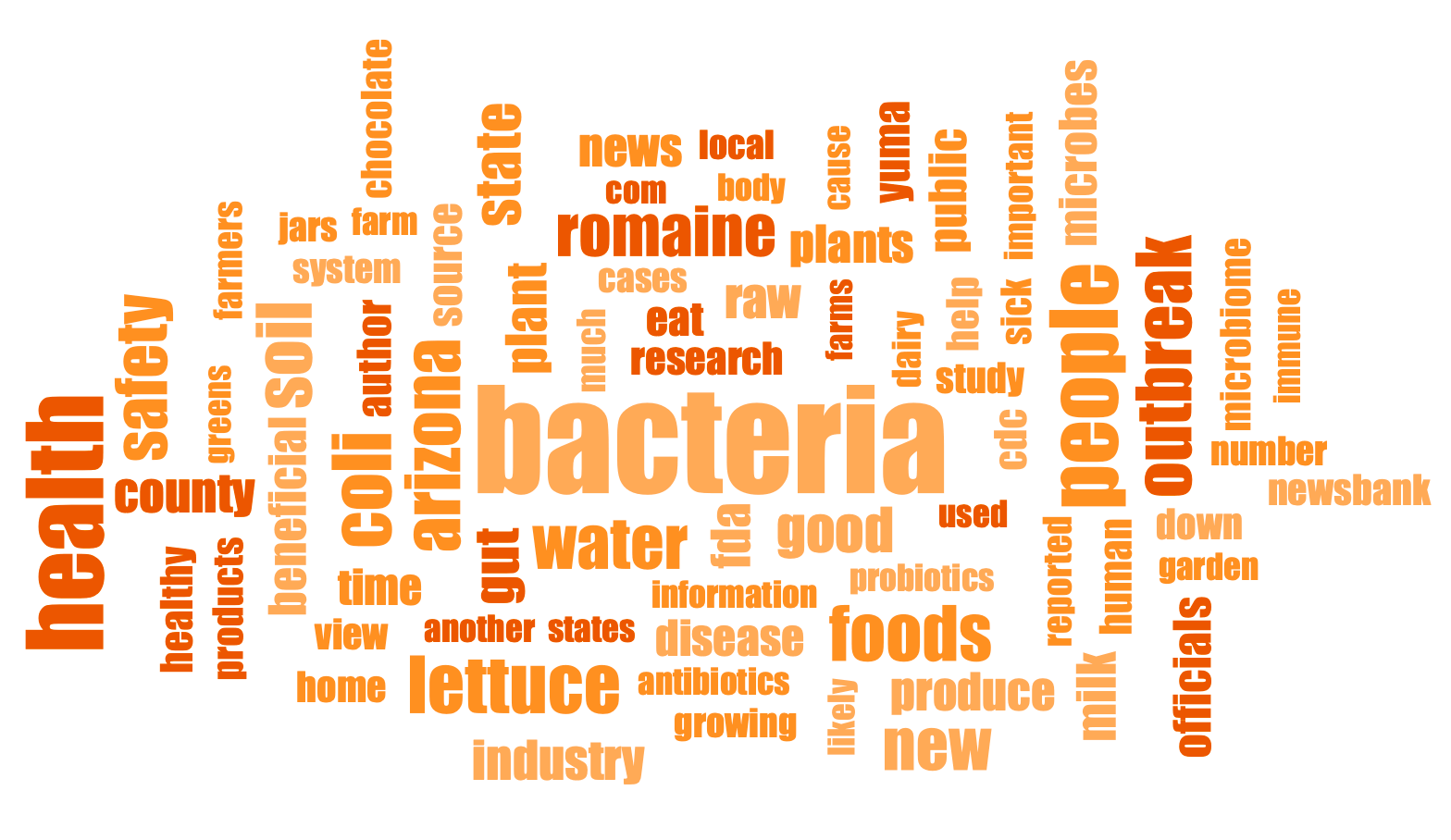
Figure 4: This word cloud depicts the frequency of words across newspaper articles from Arizona regarding microbial life in food.
That literature review compiled data from newspapers and websites, easily facilitated in MAXQDA using the MAXQDA Web Collector. The Web Collector (Figure 5) imports data into MAXQDA either as it appears on the website, or in a simplified version, which is what I preferred. I was then able to read and annotate the compiled data.
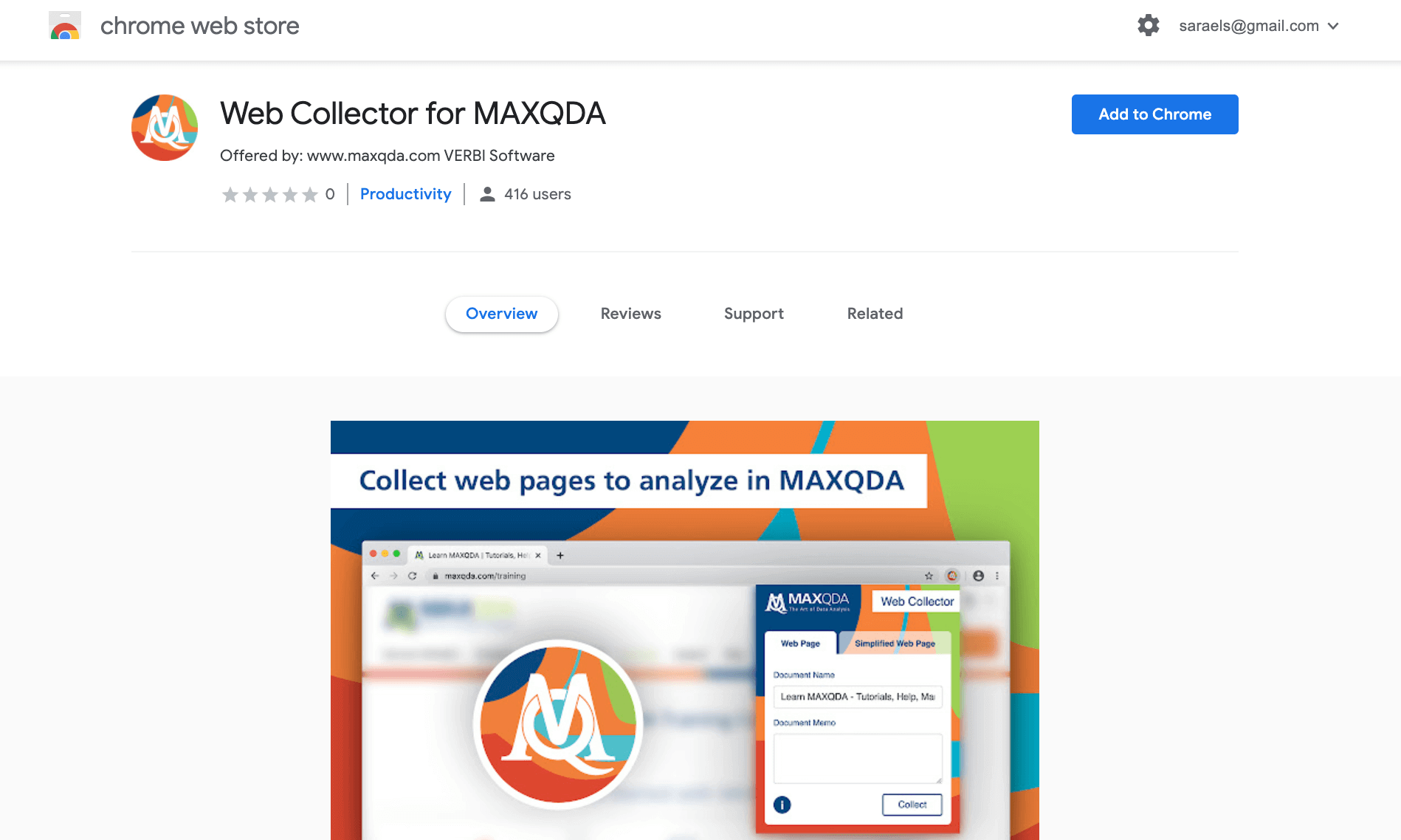
Figure 5: The MAXQDA web collector enables you to import data directly from websites and news channels and import them as text or images into your MAXQDA project.
Each article also gets a memo that states in which folder it is, where the source website is, and when it was retrieved, as can be seen in Figure 6.
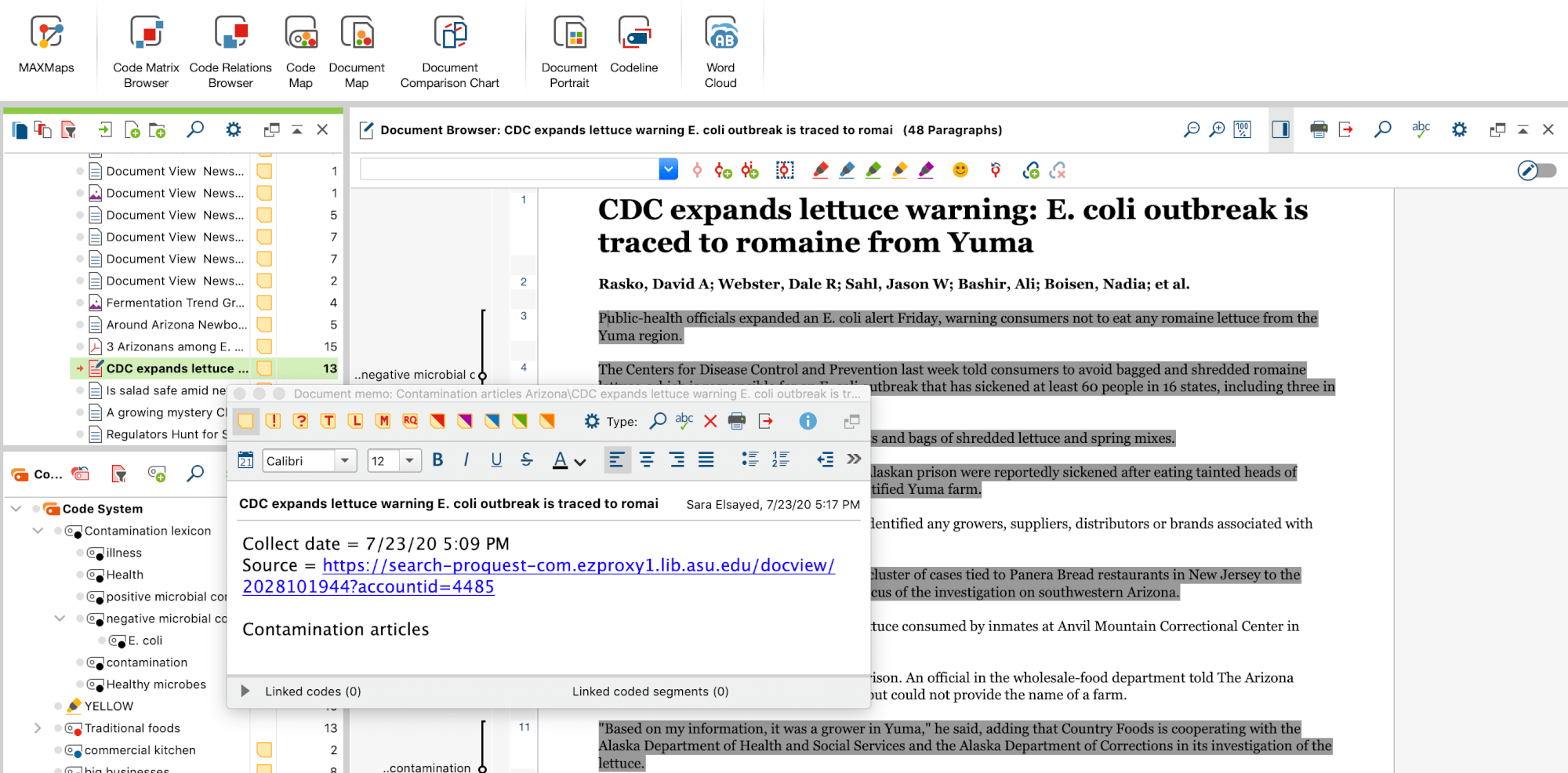
Figure 6: The collected article is editable and can be coded. It also automatically comes with a memo for collection date and URL source.
Learn to use the Web Collector in MAXQDA
MAXQDA facilitated my use of grounded theory
MAXQDA has been useful in enabling me to organize my data, which consisted of different data sets of literature review, along with interviews and their transcriptions and pictures that supported the interviews. Having all these different tools in one space, and being able to easily in-vivo code, manipulate codes, merge codes, and align codes side-by-side made analysis as well as creating reports and visual representations very easy, as well as enabling me to extrapolate relationships. Grounded theory is an iterative process, therefore having the ability of having different sets in MAXQDA enabled me to see different versions of my data as it evolved and as such be able to see themes emerge.
About the Author
Sara Aly El-Sayed is a recipient of MAXQDA’s #ResearchForChange Grant, and a Ph.D. Candidate in Sustainability at Arizona State University, USA. Her research project titled “Honoring Regenerative Practices in Arid Regions” is currently in progress in the Southwest USA, including Hopi reservation, Ajo, Phoenix & Snowflake, Arizona.

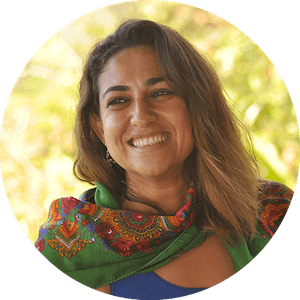 Sara Aly El-Sayed is a recipient of MAXQDA’s #ResearchForChange Grant, and a Ph.D. Candidate in Sustainability at Arizona State University, USA. Her research project titled “Honoring Regenerative Practices in Arid Regions” is currently in progress in the Southwest USA, including Hopi reservation, Ajo, Phoenix & Snowflake, Arizona.
Sara Aly El-Sayed is a recipient of MAXQDA’s #ResearchForChange Grant, and a Ph.D. Candidate in Sustainability at Arizona State University, USA. Her research project titled “Honoring Regenerative Practices in Arid Regions” is currently in progress in the Southwest USA, including Hopi reservation, Ajo, Phoenix & Snowflake, Arizona.